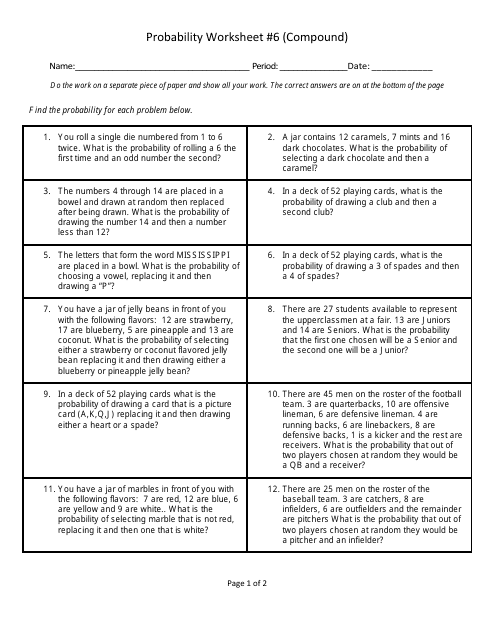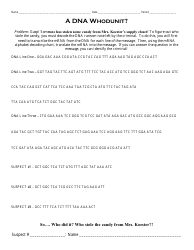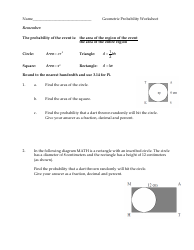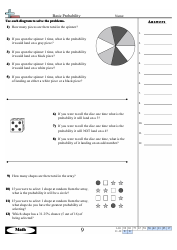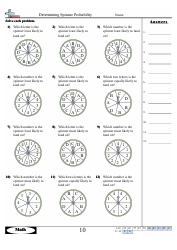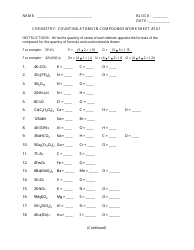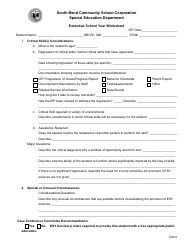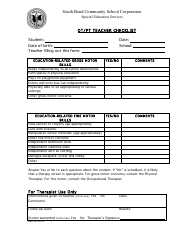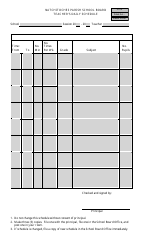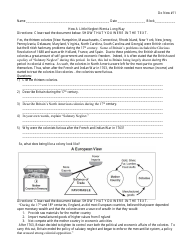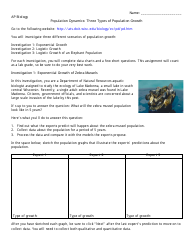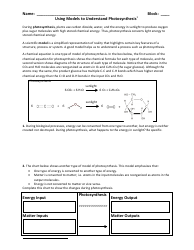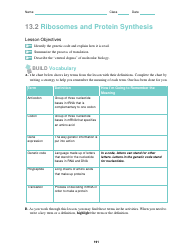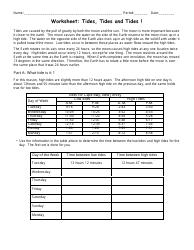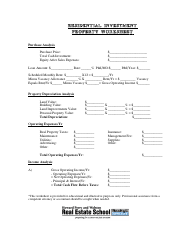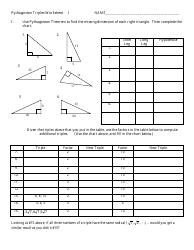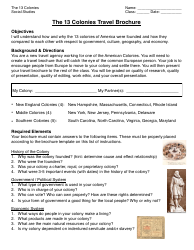Compound Probability Worksheet - Lassiter High School
The Compound Probability Worksheet of Lassiter High School is designed to help students understand and practice the concept of compound probability, which involves calculating the likelihood of multiple events occurring together.
FAQ
Q: What is compound probability?
A: Compound probability is the likelihood of two or more events occurring together.
Q: How do you calculate compound probability?
A: To calculate compound probability, multiply the individual probabilities of the events.
Q: What is the formula for compound probability?
A: The formula for compound probability is P(A and B) = P(A) * P(B).
Q: What is the difference between independent and dependent events?
A: Independent events are not affected by previous events, while dependent events are influenced by previous events.
Q: How do you calculate the probability of independent events?
A: To calculate the probability of independent events, multiply the individual probabilities of each event.
Q: How do you calculate the probability of dependent events?
A: To calculate the probability of dependent events, multiply the probability of the first event by the probability of the second event given that the first event has already occurred.
Q: What is the addition rule of probability?
A: The addition rule of probability states that the probability of A or B occurring is equal to the sum of their individual probabilities minus the probability of both events occurring together.
Q: What is the multiplication rule of probability?
A: The multiplication rule of probability states that the probability of A and B occurring together is equal to the product of their individual probabilities if the events are independent.
